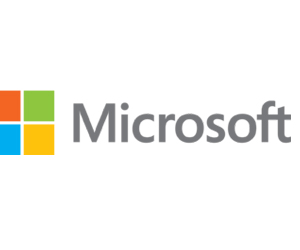As clinicians do their best to deliver high-quality care, they’re also dealing with an overwhelming administrative burden, so much so that doctors have reported spending an average of 15 hours per week on “pajama time” — doing work at home after hours — according to a 2024 report from healthcare technology company athenahealth.
“It's impacting their personal lives because they need to work during time they should be spending with their family, for instance,” says Jessica Shamash, director of healthcare sales at CDW. “Clinicians are taking on more responsibility and needing to do more manual, administrative tasks within the day, which impacts the patient experience.”
That’s why, as technologies powered by artificial intelligence and machine learning improve with each iteration, healthcare organizations are looking to adopt solutions that will support clinicians and ultimately improve patient care.
DISCOVER: These are the transformative benefits of ambient listening in healthcare.
During the 2025 HIMSS global conference and expo in Las Vegas, Microsoft announced the launch of Dragon Copilot, a unified platform approach to clinical workflows with an AI assistant to automate tasks, streamline documentation and gather information.
“Microsoft Dragon Copilot has pushed forward what traditional ambient listening and ambient voice solutions do,” Shamash says. “Clinicians can preset their preferences on how they communicate and how they work, and the applications can seamlessly integrate into the health system workflow and her, leveraging AI insights to optimize care plans and communication.”
From Ambient Listening to Ambient ‘Intelligence’
A couple of weeks before HIMSS, Joe Petro, corporate vice president of health and life science solutions and platforms at Microsoft, spoke at ViVE about the evolution of ambient listening technologies.
“We weren’t trying to solve the listening and speech problem. We were trying to solve the intelligence problem, and that was the promise of generative AI,” Petro said. He oversees development of Microsoft’s healthcare-specific solutions, such as Nuance Dragon Medical One, Dragon Ambient Experience (DAX) Copilot and Microsoft Cloud for Healthcare.
“The ambient experience is about pushing technology from in between to actually in the background,” Petro added. “It’s the absence of technology in the experience. The technology is really meant to augment the experience. It’s not a pilot. It’s not an autopilot. It’s a co-pilot.”
Now, as ambient technologies evolve, Shamash says, they are helping clinicians to be more mobile and reducing the need to manually extract information for documentation. That allows clinicians to look up from their screens and spend much-needed face time with their patients.
“The feeling of a doctor being present in a conversation and listening to a patient is so valuable,” Shamash says. “So, it’s more than a listening platform. Organizations can tailor Microsoft Dragon Copilot to fit their needs. And as providers become more familiar with this tool, they can refocus engaging with patients.”
Check out this page for our complete coverage of HIMSS25. Follow us on the social platform X at @HealthTechMag and join the conversation at #HIMSS25.
Brought to you by:













